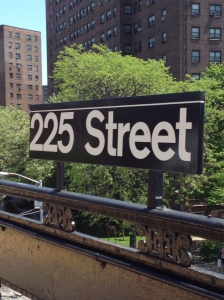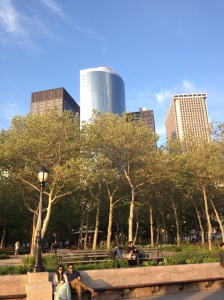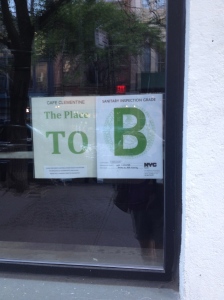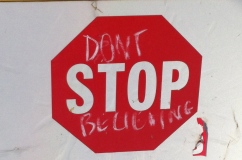This post originally appeared on Klingspace, a new pilot from the Klingenstein Center for Independent School Leadership. Join the conversation there!
I grew up as an avid reader. I also grew up in a town that, according to 2000 Census numbers, has a population of 1,704 people and is 97.6% white. While there were definite benefits to growing up in a small town and going to a small school, the homogeneity of the population left a lot to be desired.  From http://weneeddiversebooks.tumblr.com/
From http://weneeddiversebooks.tumblr.com/
The books I read gave me glimpses of a world that was much different than the one I lived in–they allowed me to see different lives and different possibilities. It’s not close to the same as having actual population diversity, but it prepared me for a world that looked much different than the one I was growing up in–and a world in which I would work with students and colleagues who came from very different backgrounds.
As a believer in the power of reading to broaden your perspective on the world, I love the research on how reading helps develop empathy. The theory is that “when we read, we psychologically become part of the community described in the narrative.” Reading fiction allows us to learn, from a distance, how different people think and interact in social situations. We can see inside the minds of characters who are exactly like us and who are nothing like us. It can help us develop the ability to imagine others complexly.
Many schools have come to recognize the importance and value of diversity, and have taken steps to have a more diverse student and faculty population; but just as having a reading list with multiple perspectives is not enough, having a diverse population is not enough in and of itself. If a school is serious about diversity, it has to have both. All students need to see themselves reflected in the curriculum, and see multiple representations (not just token representations) of the lives of people unlike themselves. The perspectives of people of color, women, LGBT individuals should not be treated as an add-on–they need to be part of the core. And we need to include stories from the full range of human experience–struggle and adversity as well as triumph and joy. Our curriculum needs to provide both windows and mirrors for ALL of our students.
 From http://weneeddiversebooks.tumblr.com/ If you’re looking for more resources about why diversity in literature is important, check out the We Need Diverse Books project on Tumblr; you can also check out the recommendations and awards lists here, here, here, here, here, here, and here for how to diversify your own and your students’ reading lists.
From http://weneeddiversebooks.tumblr.com/ If you’re looking for more resources about why diversity in literature is important, check out the We Need Diverse Books project on Tumblr; you can also check out the recommendations and awards lists here, here, here, here, here, here, and here for how to diversify your own and your students’ reading lists.
Finally, I would be remiss if I did not include Chimamanda Adiche’s incredible TED talk with this post, The Danger of a Single Story, since it has been so important to my understanding that stories are not only about how we see other people; they’re about how we see ourselves.











